Choosing a Motor for DIY Projects
Gareth's Tips, Tools, and Shop Tales - Issue #67
Choosing a Motor for DIY Projects
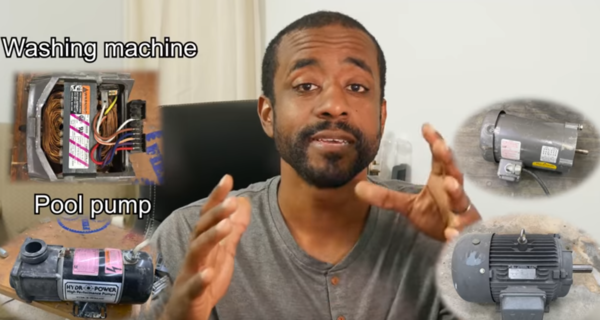
Get your motor running.
In this Jeremy Fielding video, he looks at motors and what your considerations need to be when choosing a motor for various types of DIY projects. Jeremy looks at the physics of motion that come into play (speed, torque, etc.), how to determine the work needs of your motor, how to read motor labels, and more. I love how he used his kids on a seesaw to visually demonstrate the physics behind motors. [Via Maker Update]
Tips on Measuring, Marking, and Math
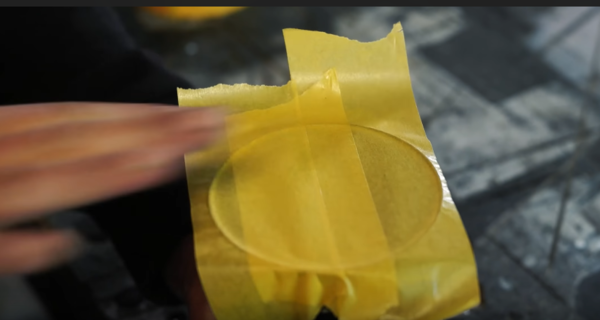
A Perfect Circle.
Laura Kampf has an excellent video on measuring, marking, and math shortcuts in the workshop. I found a few tricks in here I didn’t know about. I already knew about using tape to create a template for a circle. But what I’ve never done is sand off the excess tape around the edge. The result is a perfect copy of the original or opening. She also shows how you can easily divide a cylinder into, say 5 pieces, by wrapping tape around the circumference of the stock, removing the tape, marking out five equal spaces along it, reapplying the tape, and then transferring the marks.
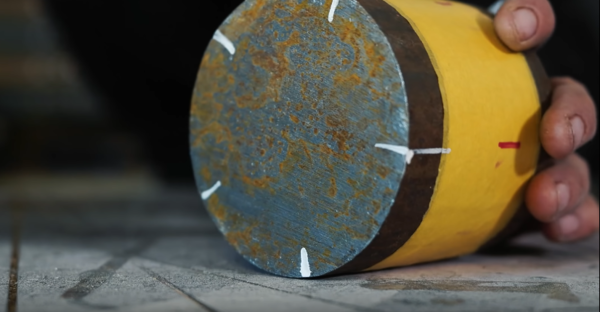
Five easy pieces.
Knots to Know
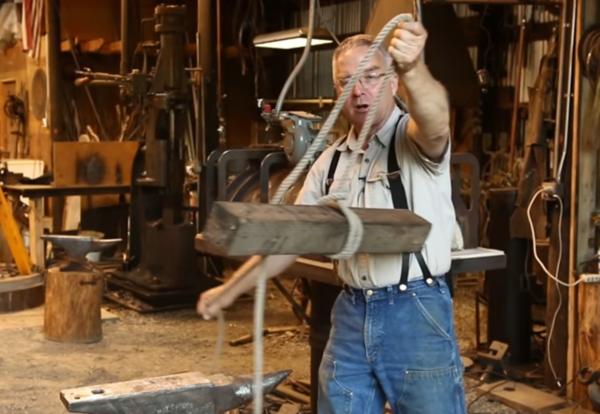
Lark’s-headed 4′ x 4′ ready to safely ascend to the roof.
This Essential Craftsman video has gotten a lot of criticism for not properly showing how to tie the 5 knots that Scott describes as essential. Point taken. But this is still a great video for understanding why and when to use a bowline, lark’s head, sheepshank, water knot, or fiddle string knot. I also love how Scott uses so many knot-tying technical terms. Watch the video and then look up how-to videos on tying each of the knots discussed.
Europium Glow Paint

Glow paint to light a light in the night.
My pal Jason Babler sent me a link to this Reddit thread on Europian-based glow-in-the-dark paint. This stuff will allegedly glow all night after only a few seconds of light exposure. Sayeth the Redditor:
I order the paint from Unitednuclear.com. I let the can sit for a couple of days until the glow particles settle to the bottom. Then I pour off most of the carrier fluid, and first Prime the object with a couple coats of white nail polish. Then a couple coats of glow particles, then a couple coats of clear polish. Works great.
That’s my headlamp in the photo.
Amazon carries glow-in-the-dark paints that also claim to glow all night on a several-seconds charge. They are Strontium- rather than Europian-based. No idea if they work as well.
Super 77
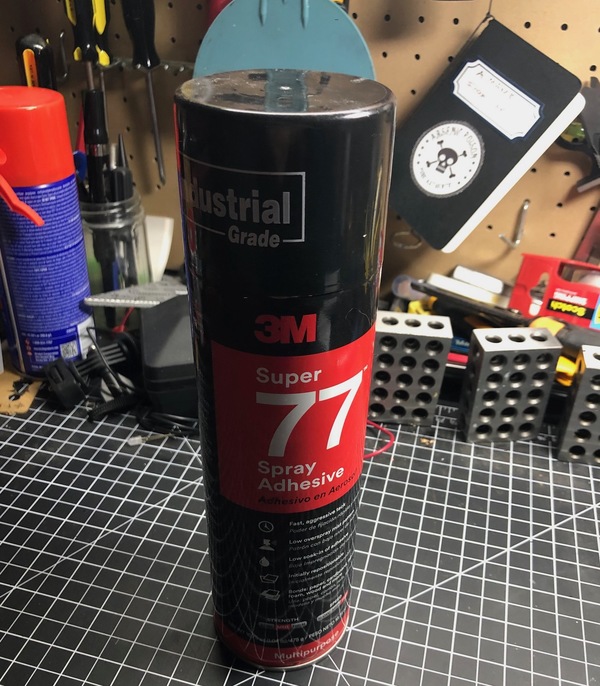
Super 77 is super!
Look in many crafter, hobbyist, and maker’s workshops and you’re likely to spot a can of 3M Super 77. I never go without having a can nearby. This industrial-grade spray adhesive has a super-aggressive tack, bonds quickly, and provides a permanent hold on lightweight materials (paper and card, fabric, insulation, plastic, metal, wood, felt, fiberglass, foam, leather, etc.). The downside is that it’s very stanky and sticks to everything, so wear gloves and ideally spray outside or under excellent ventilation.
Makers Muse
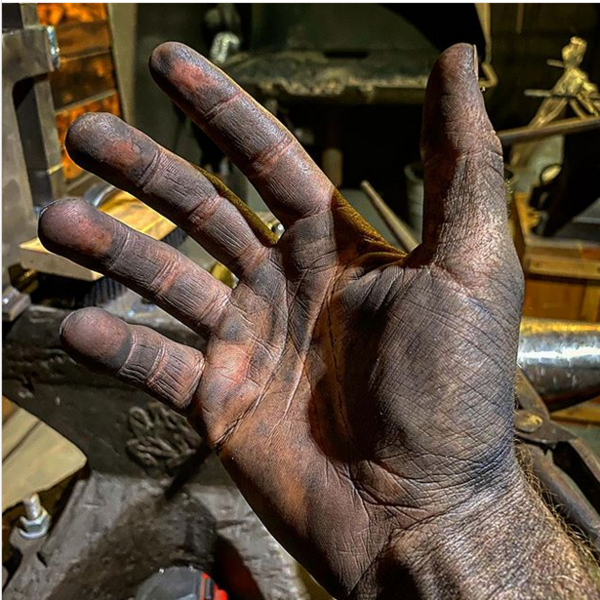
“Take a look at these hands.”
Brett from Skull & Spade posted this image and thought on his Instagram account: “Anyone else look at their hands after a work day and go: ‘Proof that today was a good day. Progress was made.’ Everything hurts now… I need a shower.”
When I was an offset printer, I took particular pride in often having ink-stained hands. There is a kind of honesty, power, and beauty in work-dirty hands.
Last-Minute Candy Chute
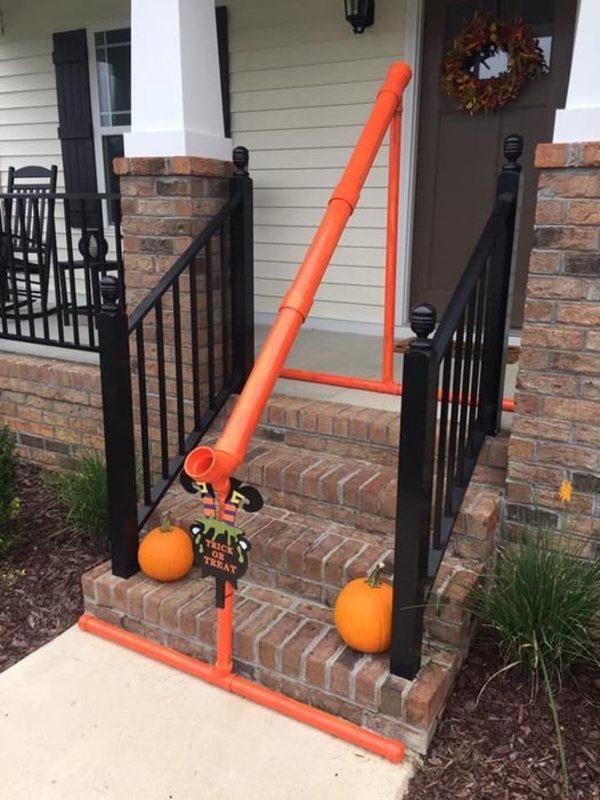
CANDY IN THE HOLE!
Some neighborhoods are giving out candy this year, others aren’t. If yours is, a little PVC pipe and some fun decoration, and you have yourself a fun and safe way of dispensing candy. Core77 has a round-up of candy chute images.
Mistakes Were Made
A number of readers took exception to my use of the term bluing as a synonym for blue machinist layout fluid. I’ve always used that term and had never been corrected, so in my world, it was called bluing (and I’ll likely continue using it). This reveals an interesting aspect of how jargon and slang migrates, gets misused, and becomes vernacular. This is known as lexical (or semantic) drift.
I was introduced to the misuse of “bluing” by a guy who taught me some machine shop basics when I was in my early 20s. He called it bluing (and “marking blue”) and I’ve used it ever since.
I wonder what other terms you and I use that are not widely accepted and are the result of vernacular adoption or lexical drift?
11/5/20(Gareth’s Tips, Tools, and Shop Tales is published by Cool Tools Lab. To receive the newsletter a week early, sign up here. — editors)









